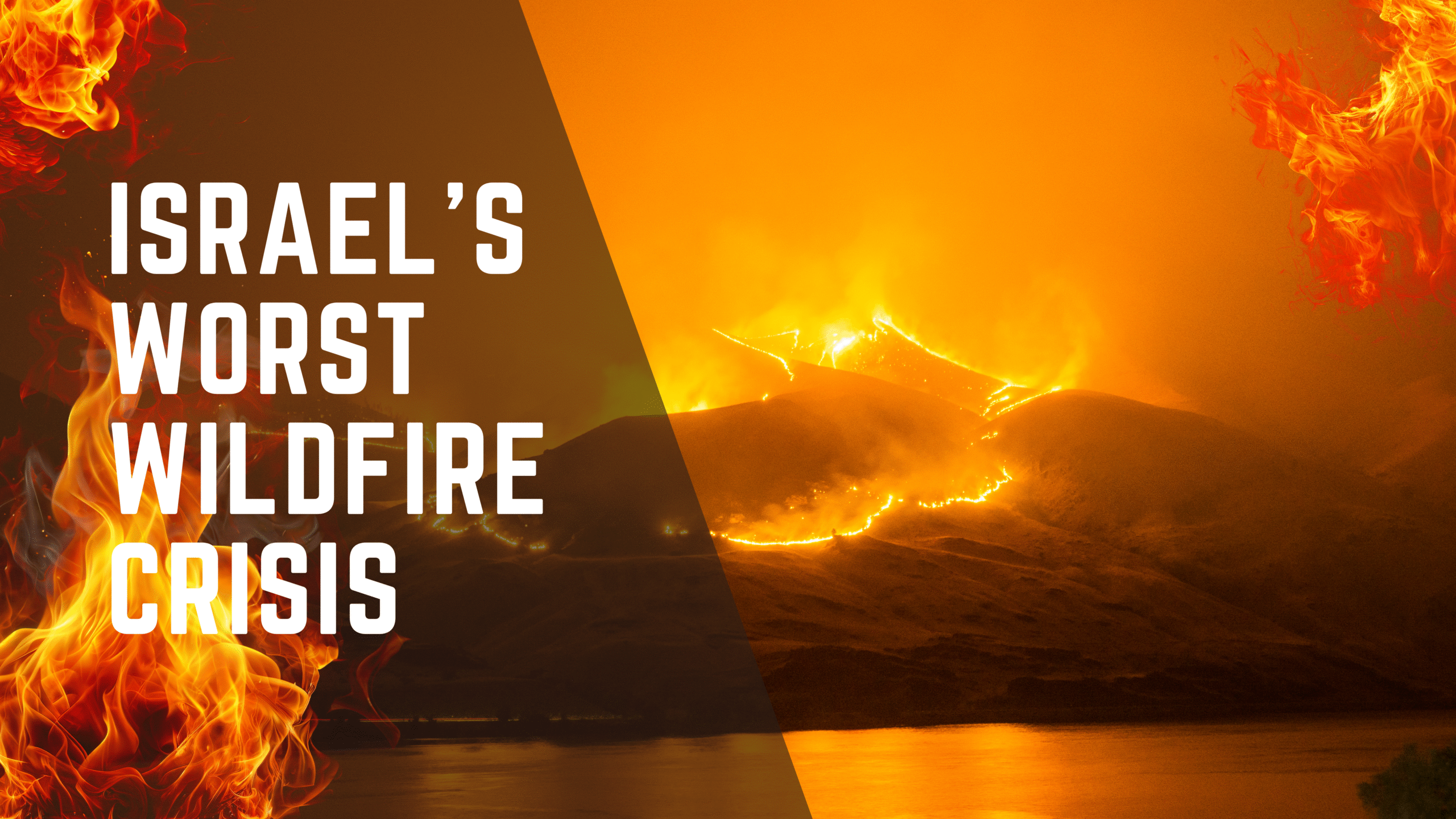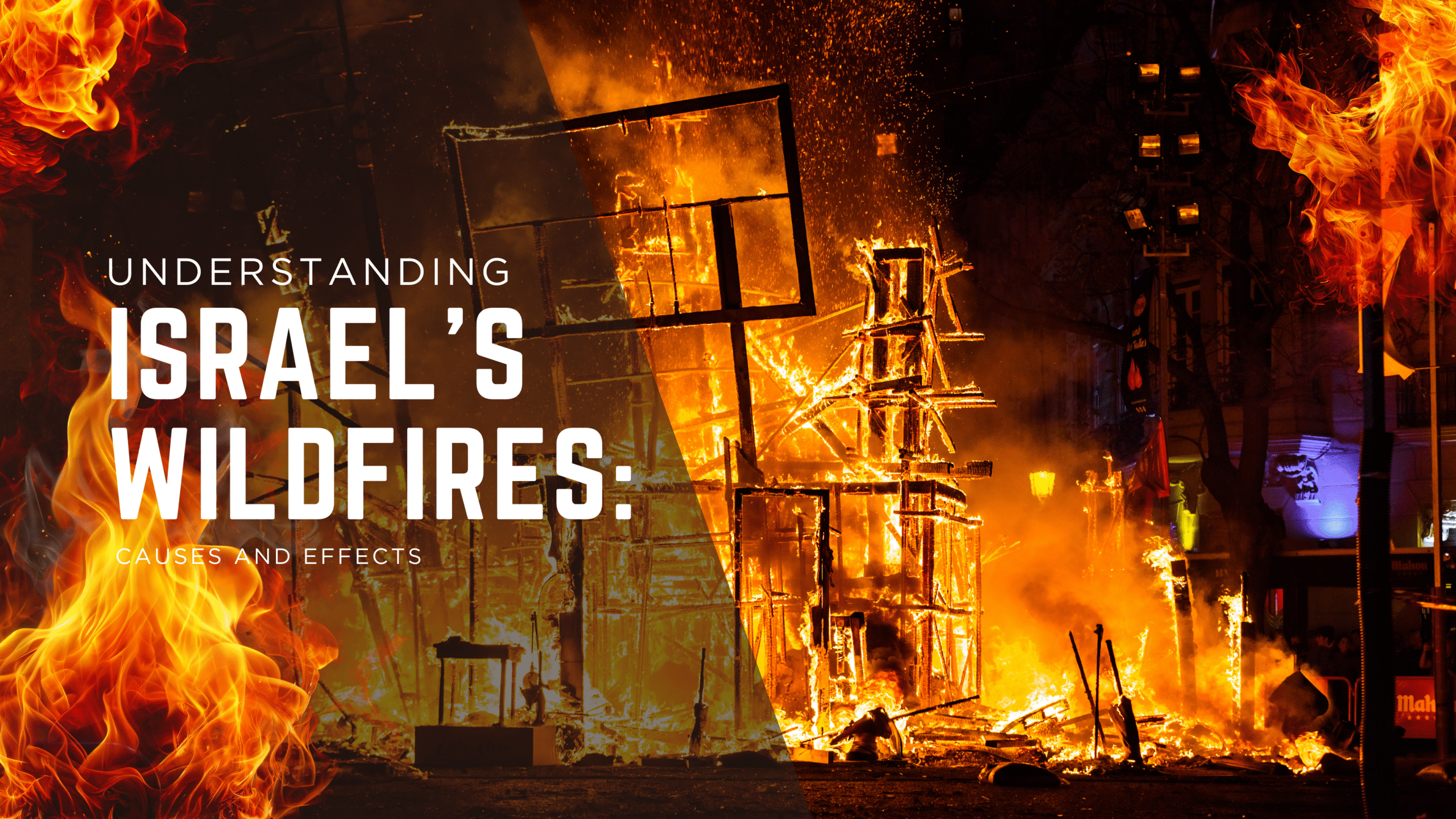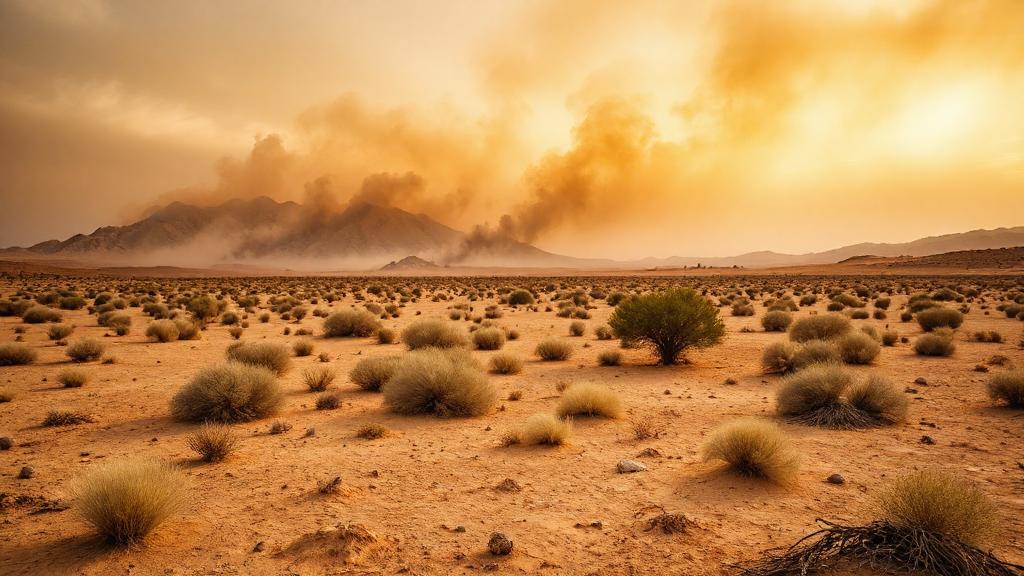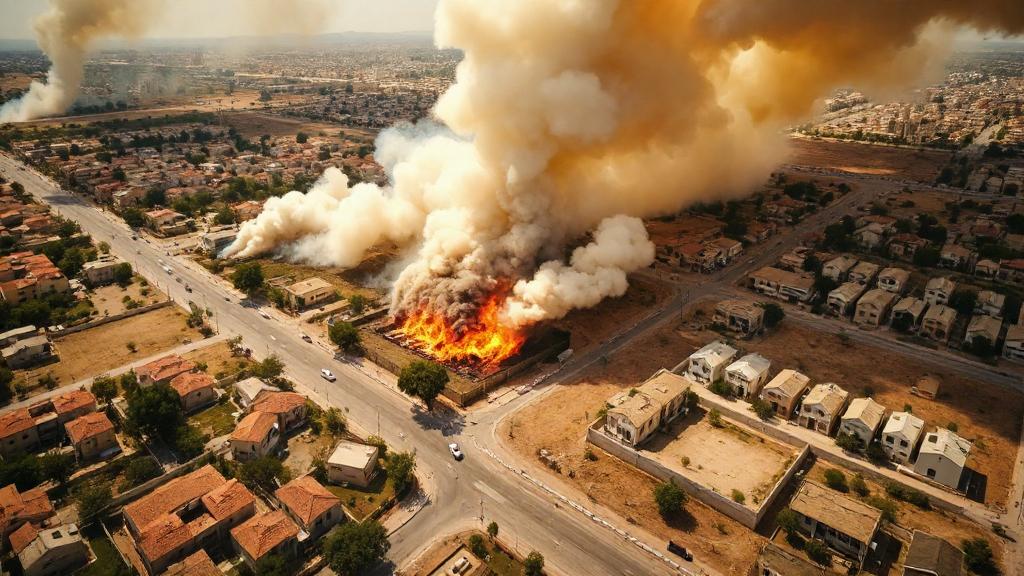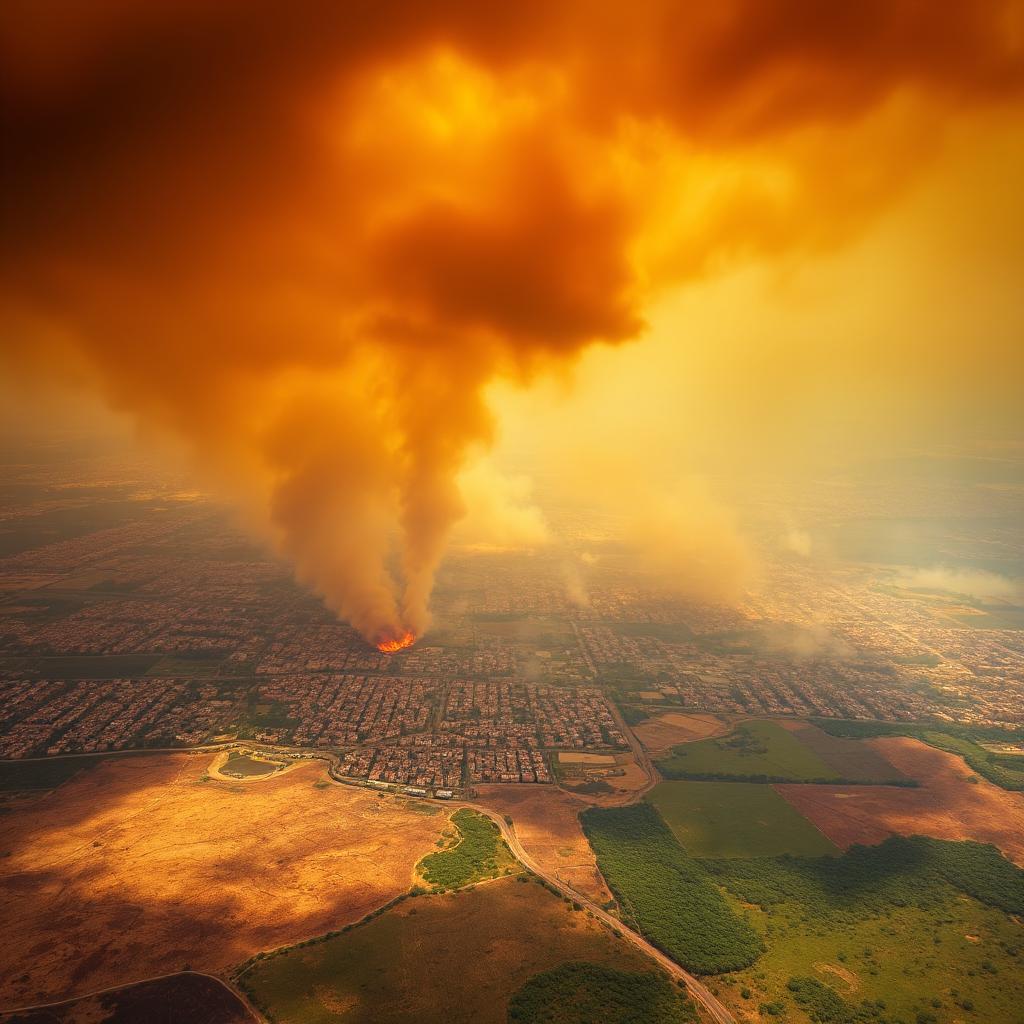Catastrophic Blaze Erupts Near Jerusalem
A raging wildfire of unprecedented scale broke out in the Eshtaol Forest west of Jerusalem on the morning of April 30, 2025, marking Israel’s second major fire incident within a week. Fueled by a dangerous combination of record-high temperatures (exceeding 40°C/104°F), extremely low humidity (below 15%), and fierce westerly winds gusting up to 100 km/h (62 mph), the inferno spread with terrifying speed.
By midday, the fire had already:
- Consumed over 11,700 dunams (2,900 acres) of forest and grassland
- Forced the evacuation of 12 communities including Shoresh, Nataf and Neve Ilan
- Closed critical transportation arteries including Highway 1 (Jerusalem-Tel Aviv) and Highway 3
- Damaged parts of historic Canada Park near Latrun
- Threatened the outskirts of Jerusalem itself
Unprecedented Firefighting Response
Facing what Jerusalem District Fire Commander Shmulik Friedman called “potentially the largest wildfire in Israel’s history,” emergency services mounted a massive response:
Domestic Firefighting Efforts
- 163 ground teams deployed (over 1,000 firefighters)
- 12 firefighting aircraft conducting continuous sorties
- Specialized “Elad Squadron” planes focusing on protecting residential areas
- Military-grade C-130J Super Hercules aircraft dropping 25+ loads of retardant
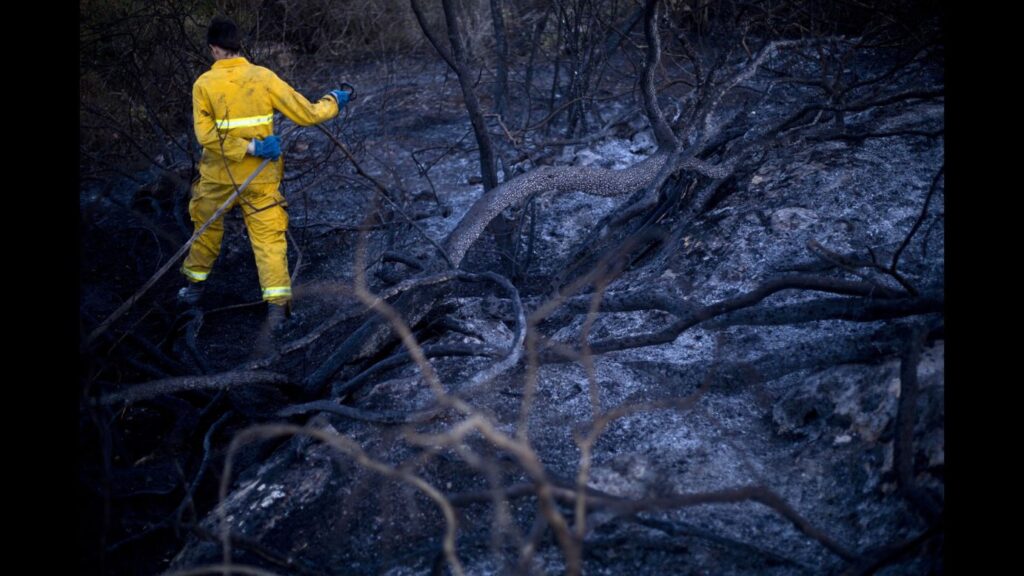
International Assistance
Recognizing the scale of the disaster, Israel activated international aid agreements, receiving commitments from:
- Italy & Croatia: 3 “Superscooper” amphibious firefighting planes
- France & Spain: 3 additional firefighting aircraft
- Cyprus: Firefighting helicopter support
- North Macedonia: Specialized firefighting units
Notably, the Palestinian Authority offered assistance through unofficial channels, though no formal cooperation had been established by press time.
Human Impact and Evacuations
The fast-moving flames created terrifying scenes across the Jerusalem Hills:
- Mass Evacuations: Over 5,000 residents ordered to leave their homes, with emergency shelters established in Beit Shemesh and Modi’in
- Highway Chaos: Motorists abandoned vehicles on Highway 1 as flames jumped the roadway, with several cars completely burned
- Medical Response: 34 treated for smoke inhalation including infants and elderly; 12 firefighters injured
- Historic Sites Threatened: Fire came within meters of the Trappist Monastery in Latrun before being repelled
Military Mobilization and National Emergency
At 3:15 PM, Defense Minister Israel Katz declared a “national fire emergency,” activating unprecedented military support:
- Air Force: Deployed Unit 669 search-and-rescue helicopters for aerial surveillance
- Home Front Command: Sent 70 combat engineers with heavy equipment to create firebreaks
- Logistics Corps: Established emergency water supply points with 100,000+ liter capacity
- Technology Units: Deployed advanced thermal imaging drones to track fire spread
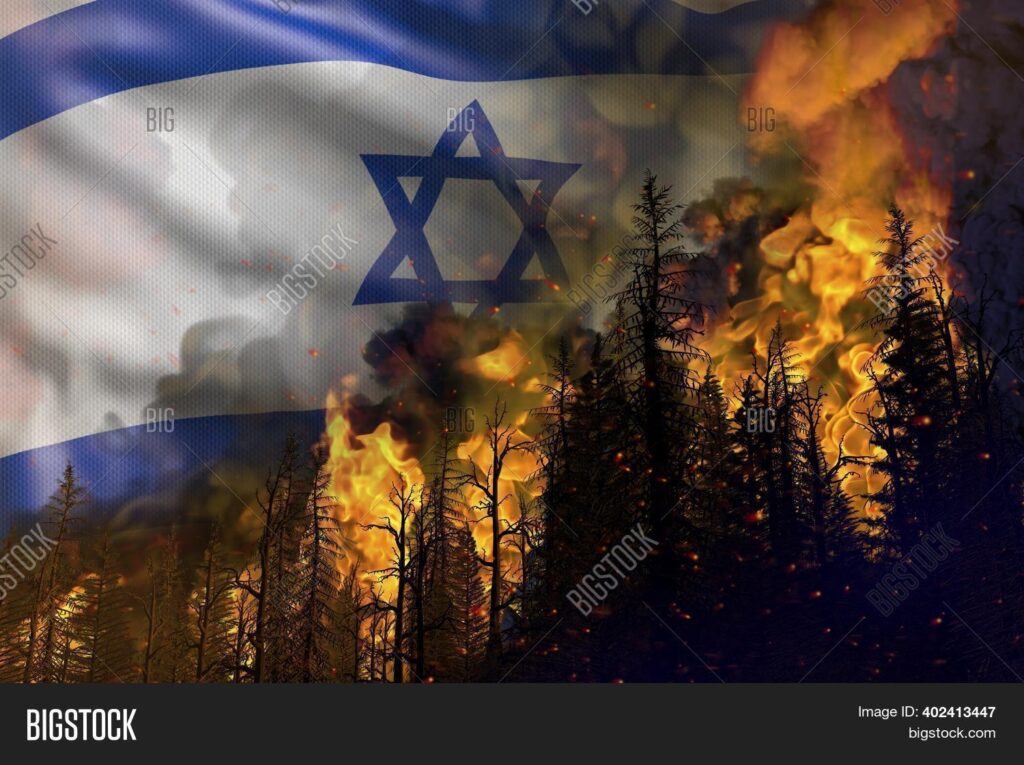
Prime Minister Benjamin Netanyahu warned in a televised address: “The combination of extreme weather and wind patterns could push these flames into Jerusalem’s suburbs within hours.”
Suspected Arson and Security Concerns
While officials initially cited natural causes, evidence of potential arson emerged:
- East Jerusalem Arrest: Police detained a 50-year-old Umm Tuba resident carrying flammable materials near an ignition point
- Multiple Ignition Points: Fire investigators identified at least 5 separate origin sites
- Shin Bet Involvement: Israel’s domestic security service joined the investigation
Public Security Minister Omer Barlev stated: “We are treating all possibilities – from climate-related accidents to deliberate terrorism.”
Environmental and Economic Impact
Early assessments suggest catastrophic damage:
- Biodiversity Loss: The Jerusalem pine forest ecosystem may take decades to recover
- Agricultural Damage: Vineyards and olive groves in the Ella Valley completely destroyed
- Tourism Impact: Cancellation of Memorial Day ceremonies at Mount Herzl
- Air Quality: Dangerous PM2.5 levels recorded across central Israel
Ongoing Threats and Forecast
With weather conditions expected to worsen, authorities warn of:
- Expanding Fire Fronts: New blazes reported near Beit Shemesh and Ramat Raziel
- Critical Infrastructure Risk: Flames approaching high-voltage power lines serving Jerusalem
- Nighttime Challenges: Reduced aerial firefighting capability after dark
Fire Commissioner Eyal Caspi cautioned: “This will be a 72-hour battle at minimum. The coming night will be decisive.”
Global Climate Context
Experts note this disaster fits concerning patterns:
- Long-Term Drought: Israel’s driest April in 84 years
- Regional Trend: Similar mega-fires recently reported in Cyprus and Greece
- Climate Connection: Studies show Eastern Mediterranean warming 20% faster than global average
Environmental Protection Minister Idit Silman stated: “This isn’t just a fire – it’s a climate wake-up call.”
How to Help
Authorities recommend:
- Avoiding the Jerusalem Hills area
- Donating to fire victim support funds
- Volunteering at evacuation centers (medical personnel especially needed)
